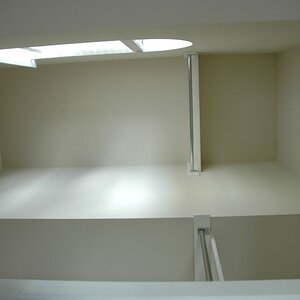If the built-in light meter can sense the intensity of the light(whatever taht means), then why does it has to assume all the objects it 'sees' are middle grey? Why can't the camera figure out the exposure based on the intensity of the light it received? e.g. if the intensity of the light is very high, then it is white, if the intensity is low, then its black. As long as it clear defines high and low.
Thanks.
Thanks.


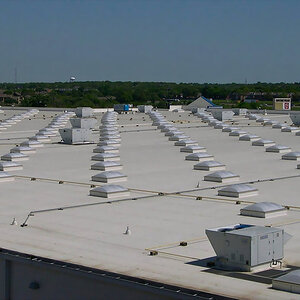
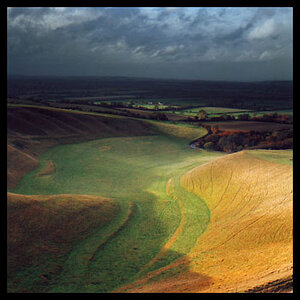

![[No title]](/data/xfmg/thumbnail/38/38749-a4ef503184d13a9c7592221cb44ac5e8.jpg?1619738704)
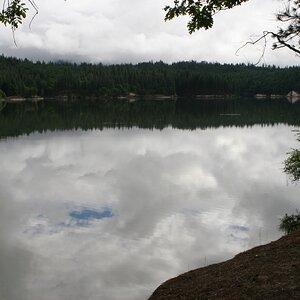
![[No title]](/data/xfmg/thumbnail/36/36099-feb952513e45dbf9f061ab28c1dc1121.jpg?1619737342)
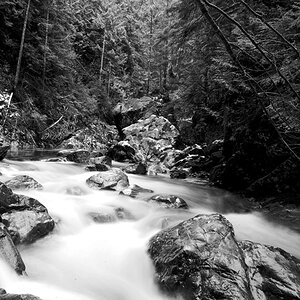
![[No title]](/data/xfmg/thumbnail/31/31740-83040d547efdbb1f87736f24d2e9985c.jpg?1619734985)


![[No title]](/data/xfmg/thumbnail/39/39511-592cbd68b1d797ffce7e41e4fbfed890.jpg?1619739066)
